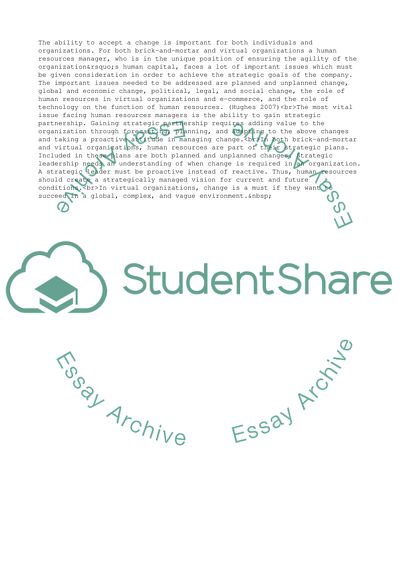Cite this document
(“The Tools and Techniques of Change Management Assignment”, n.d.)
Retrieved from https://studentshare.org/management/1572257-compare-and-contrast-change-approaches
Retrieved from https://studentshare.org/management/1572257-compare-and-contrast-change-approaches
(The Tools and Techniques of Change Management Assignment)
https://studentshare.org/management/1572257-compare-and-contrast-change-approaches.
https://studentshare.org/management/1572257-compare-and-contrast-change-approaches.
“The Tools and Techniques of Change Management Assignment”, n.d. https://studentshare.org/management/1572257-compare-and-contrast-change-approaches.


